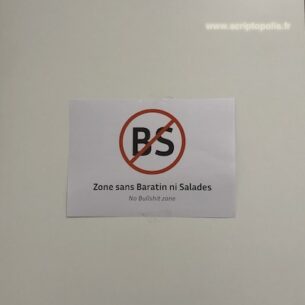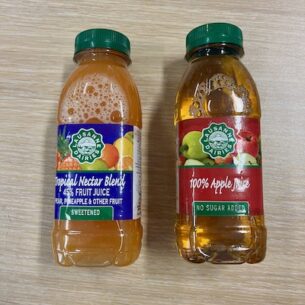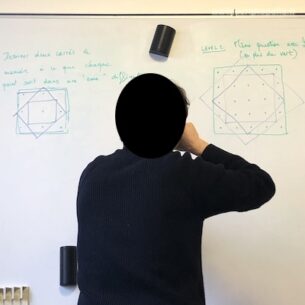Surface
Writing is quite a complicated thing to study, for many reasons. Particularly difficult is the comprehension of its intertwining with other elements. Writing does not exist per se. It always implies both lines and a surface upon which they are drawn. The interest for writing surfaces have been an important aspect of anthropology of writing. Similar words on a screen, on a wall or on a small paper sheet are not exactly similar. We do not make the same things with them, they do not make the same things to us.
Among all the possible surfaces, paper of course has drawn a lot of attention, especially in the last decades during which it resisted its announced disparition. Computers did not bring the demise of paper, which has been depicted by numerous scholars as a stable, durable, reliable, but also convenient and flexible surface.
Insisting on such a resistance is important obviously, but it can lead to forget that paper is also more than a ‘media’. It is an object made of multiple materials with multiple properties. The back of this ticket shows us a lot of interesting things in this regard. First of all, we discover that some papers used to have materials in common with some plastics. And we also learn that these materials have changed over time, since they progressively became undesirable. This means that paper itself continues to evolve, and that resisting the age does not mean remaining unchanged. We see that these material transformations, which are important for politics, environment and health, are made accountable. You and me could not see that this paper is a ‘Bisphenol A-free paper’ without some words that stipulates it. Finally, this accountability could occur in dedicated surface that would accompany each ticket, but the last thing this ticket show us is a non-negligible aspect of paper: its propension to become a pluri-enonciative object.







